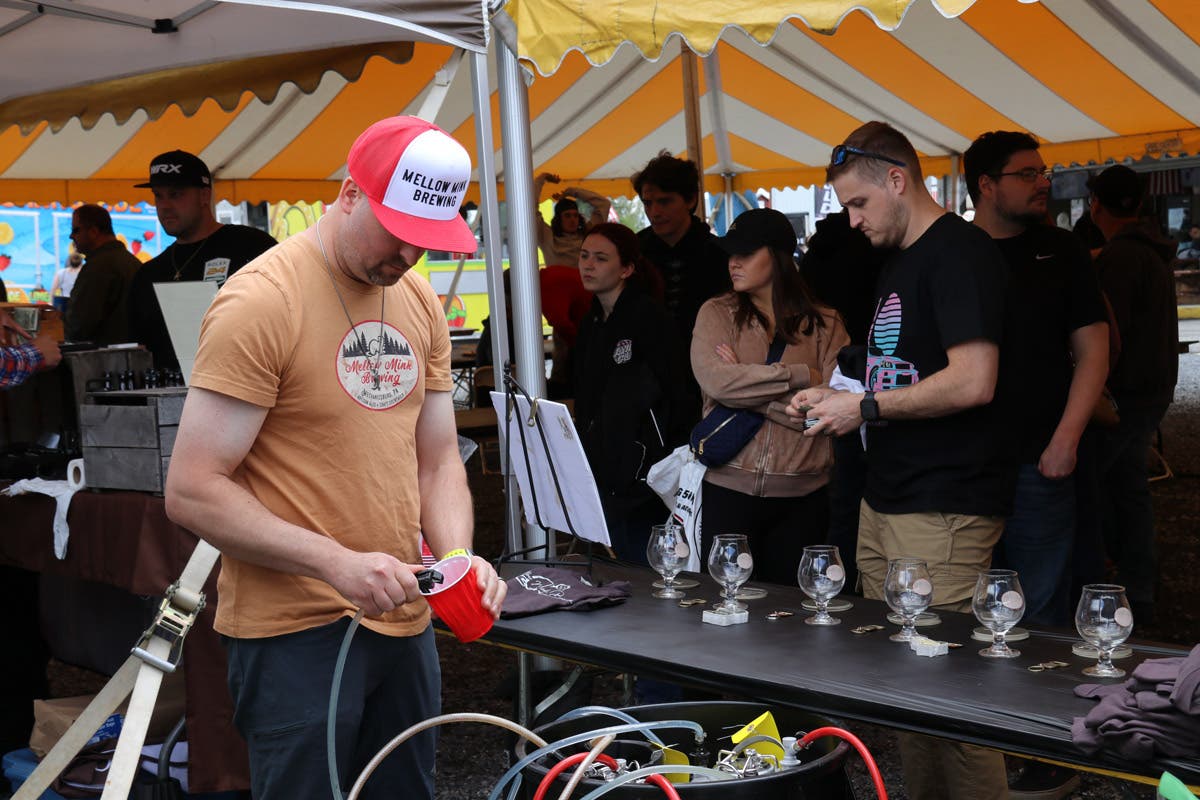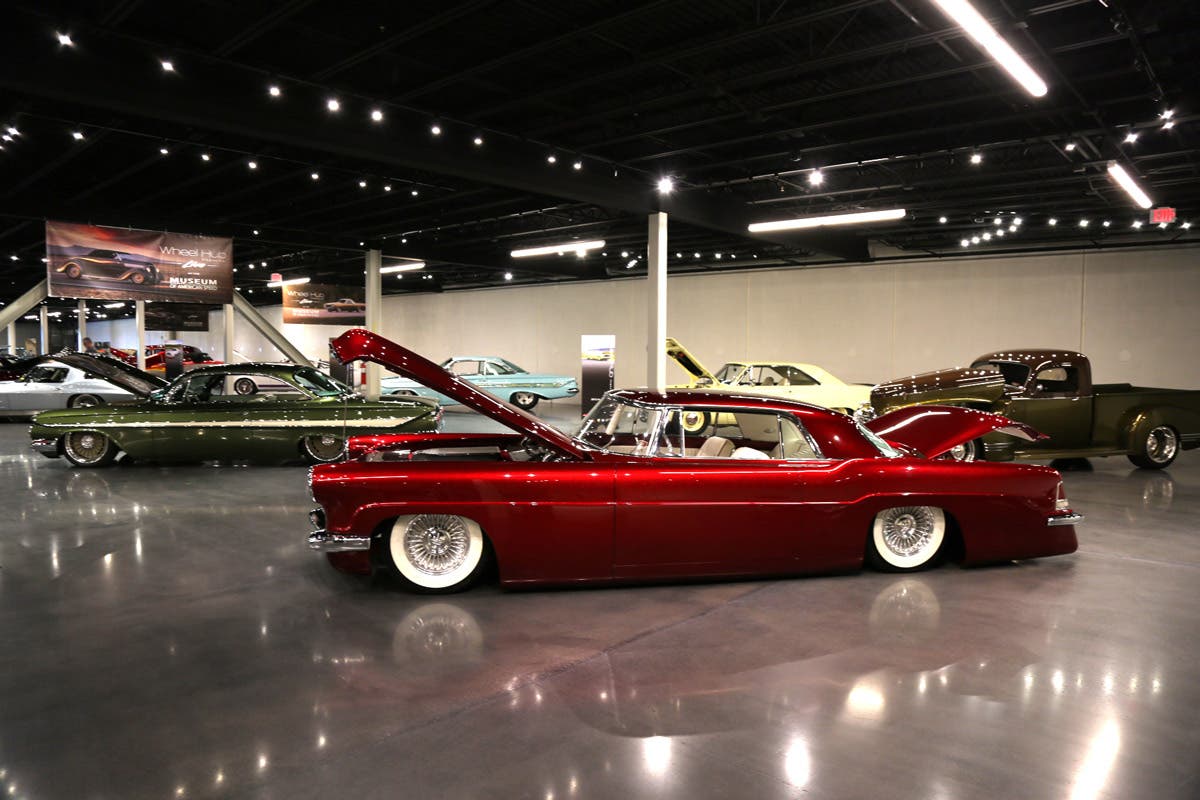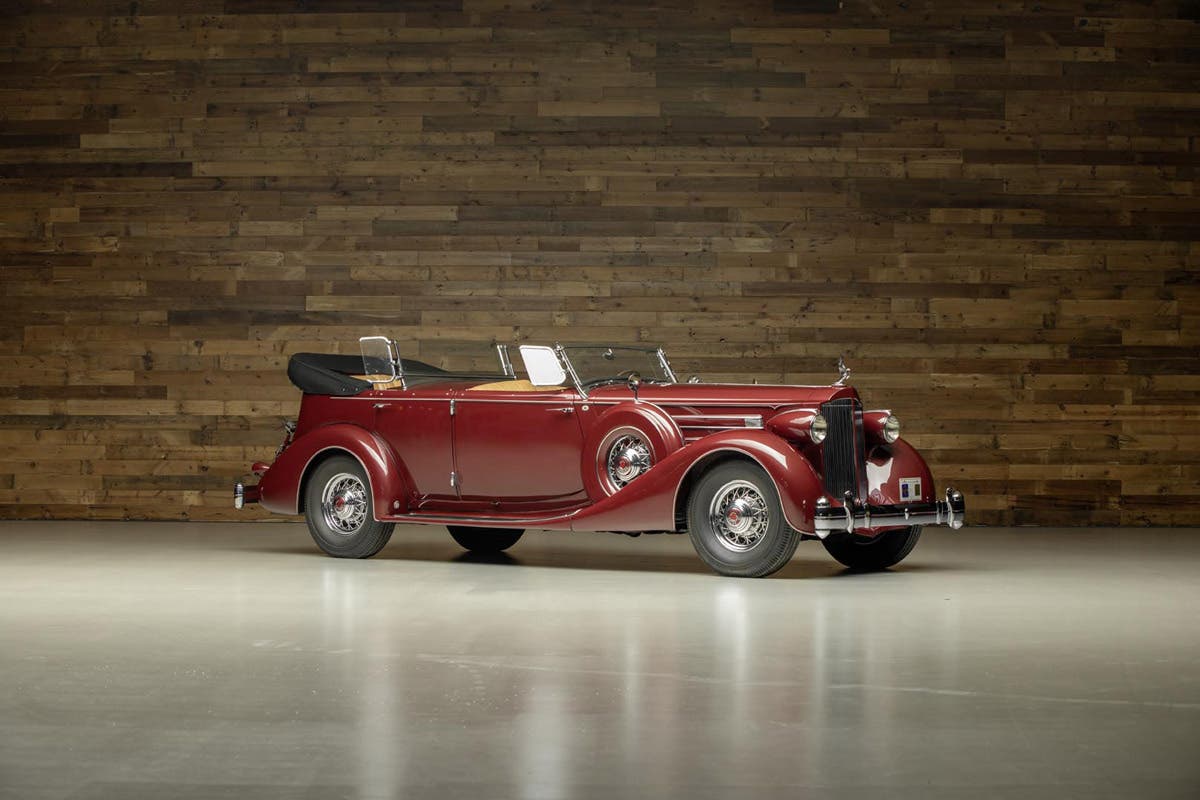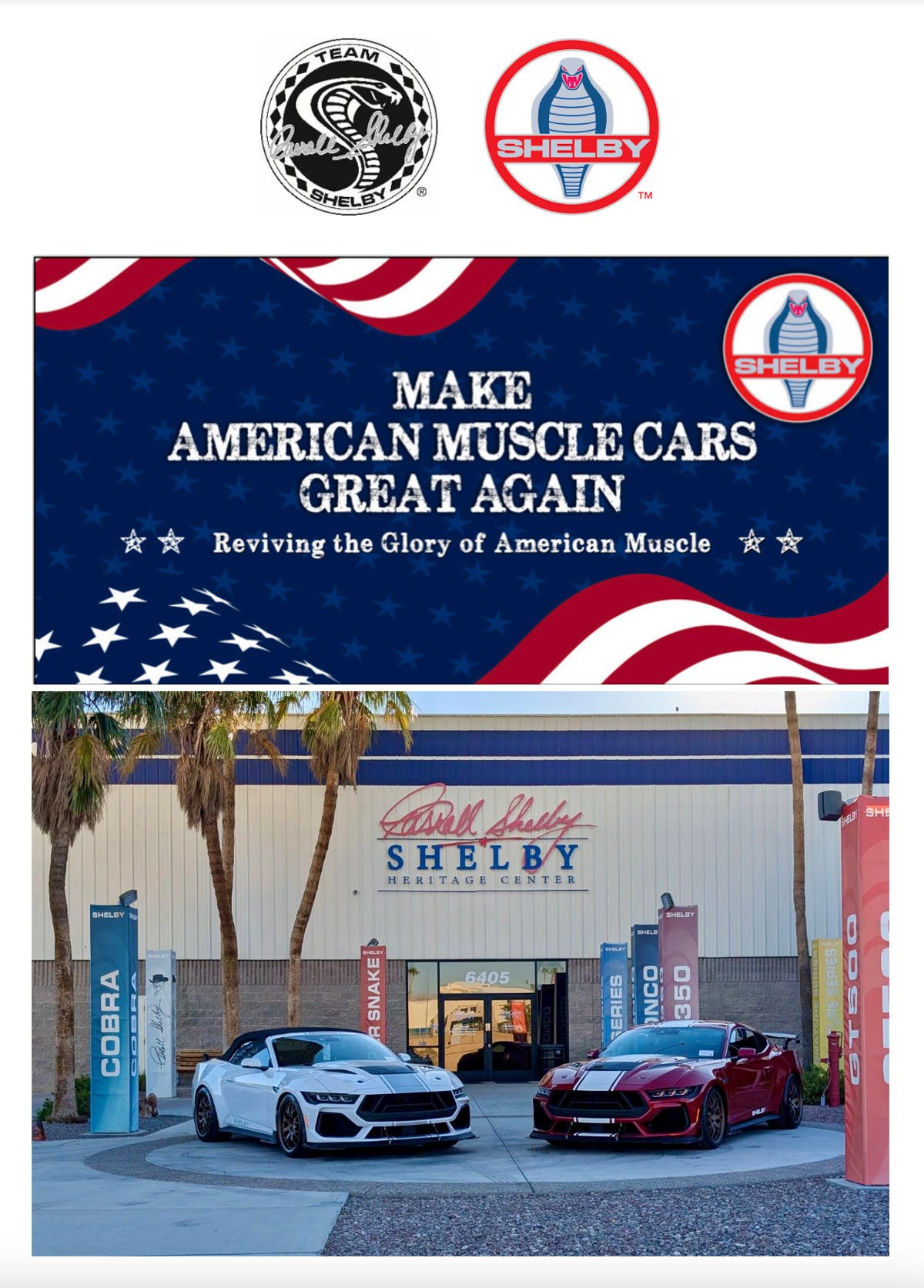NASCAR legend David Pearson talks Mercury
This interview with NASCAR legend David Pearson was originally completed during 2002 in conjunction with the International Mercury Owner’s Association. It is reprinted here in memory of Mr. Pearson. Cale…
This interview with NASCAR legend David Pearson was originally completed during 2002 in conjunction with the International Mercury Owner’s Association. It is reprinted here in memory of Mr. Pearson.
Cale Yarborough had one. So did Dan Gurney. But David Pearson never had a Mercury model named after him, although he was undoubtedly the greatest NASCAR driver to ever get behind the wheel of a Merc, and, perhaps, even the greatest NASCAR driver altogether. If there had been such a model, people today might lust after a David Pearson Montego just as collectors yearn after a Dan Gurney Cougar or a Cale Yarborough Mercury Cyclone Spoiler. Though one might lament this oversight, it actually seems more fitting that a car not be blessed with Pearson’s name and signature.
A self-described shy man, Pearson slipped onto the racing scene at a young age and quietly began stealing the lead, no matter where he raced. That’s exactly what the track owners around his native home of Spartanburg, South Carolina, wanted.
“I would go around to different towns [to race]. They’d (track owners) call me if one guy was winning a lot, and I’d try to outrun ’em,” Pearson twanged in his native South Carolina accent. And win he did. In 1959, Pearson won 30 of the 52 the races in which he entered his homebuilt 1940 Ford. A one-man race team, Pearson did all the modifications to the Ford himself, and in the process, learned a lot about what a race car could and could not do, along with how it worked.
“I bought me an old wrecked car and was workin’ on it, [but] all I knew was to shave the heads and cut the flywheel,” Pearson said. When it came to the big-time races later in his career, that experience gained on the ’40 Ford put Pearson ahead of the other drivers, both in his head and on the track. By building and working on his own car, Pearson was later able to communicate to his team what needed to be done to the car to make it run better and faster. The rest of the winning recipe was Pearson’s calm, cool and collected skill when behind the wheel of a hot car.
The year after his stellar 1959 season, Pearson graduated to a late-model Chevy and began earning himself a fine reputation and a nickname to go with it. With prematurely graying hair and sly moves in a race car, Pearson was dubbed the “Silver Fox.” He said one of his slyest moves was to go easy on his car throughout the beginning of a race, saving wear on the car’s components. Once it really mattered, Pearson would unleash his talent and slink ahead of the leader.
That move helped put Pearson in first place during 1961 at Charlotte, Daytona and at Atlanta, three of NASCAR’s four big tracks. His triumphs that year earned him the “Rookie of the Year” title.
The mid-1960s brought Pearson three NASCAR Grand National championships and many more wins, some of them behind the wheel of Dodge. By 1968, Pearson found himself behind the wheel of a Ford after landing on the Holman & Moody race team. After winning championships in both 1968 and 1969 with Holman & Moody, Pearson found himself drawn into the winning circle of the Wood Brothers racing team and finally in a Mercury.
“When I left Holman & Moody, I went with the Wood Brothers in 1971,” Pearson said. “They was runnin’ Mercurys all along.” The Mercury’s characteristics aided Pearson’s natural abilities to get to the checkered flag first.
“It drafted real good. When you put it behind another car, it was like putting it in another gear,” Pearson said. The legend also credits the car’s slick roof design for putting him out in front of cousin Ford’s cars.
“Back then, the Woods Brothers felt the roof made it better than the Ford. The handling was real good. It was the biggest thing; that’s how we beat most people.”
Pearson didn’t need ESP to know what the Woods Brothers were thinking when it came to the car he raced for them. Their free and thorough dissection of the car kept driver and race team aware with what the Mercury could and couldn’t do, and how to fix it. Over 10 years later, Pearson’s home-schooled mechanics lessons with the 1940 Ford were paying off in the big leagues.
“It’s more than just run and crash; it’s a thinkin’ game,” Pearson said. “There are a lot of good drivers, but they can’t explain to mechanics what’s wrong with the car or what to do with it.” But Pearson could, and he made sure to relay the beat of his car to his pit crew on the Woods Brothers team.
“We would try things and talk about it. We worked real good together.” His respect and confidence for the team very clear, Pearson said there was only one point in his career with the Wood Brothers where his confidence was questioned, though it was not in his ability but in the Mercury’s set up. Although prepared for the left-hand turns and chemistry of a NASCAR track, Pearson and his Mercury were placedon the short track among cars better prepared for that type of racing.
“To tell you the truth, the only time I thought I could lose was at a short track in Virginia, but we did win.”
Communication alone won’t put a team on a top, and the Wood Brothers became Ford’s winningest team by initiating practices to put themselves up front. These practices are now considered common in professional racing.
“The Woods Brothers were real sharp; they were ahead of their time,” Pearson said, crediting The Wood Brothers’ method of analyzing each part of a race to squeeze seconds off a lap. The team knew seconds could add up to minutes.
“They worked harder at (shortening) pit stops because they knew it would save time,” Pearson said. “The ones that get in and out of the pits the fastest win the races.”
The well-tuned team had Pearson in and out of the pits quickly enough and allowed his talents to flourish behind the wheel of the Purolator Mercury. He won a combined total of 43 races behind the wheel of his 1971 Cyclone, 1974 Montego and subsequent Montego. His winning stats rivaled those of his fierce-but-friendly competitor Richard Petty. In 1973, Pearson placed first 61% of the time — the highest in NASCAR history — leaving many race fans to argue which of the two men deserves the crown King Petty is currently bestowed.
Pearson hasn’t lost touch with the sport since his 1986 retirement and he continues to follow racing. His experience with yesterday’s NASCAR allows him a rare perspective of the sport today.
“The drivers today make more money, but they don’t have time to spend it,” Pearson said. He recalls the days when he and other racers used to “shoot the bull” after a race from their hotel rooms.
Time, technology and a lot of money may separate today’s race car drivers from Pearson’s heyday when drivers rarely made six figures a year, yet Pearson could still surely share a trick or two. They didn’t name him the Silver Fox for nothing.








